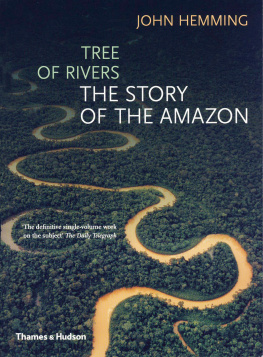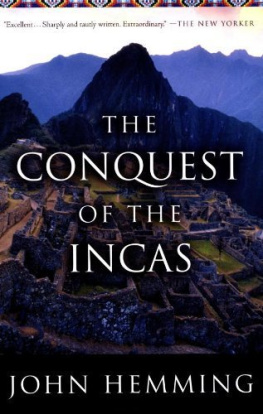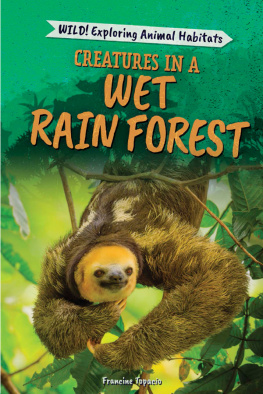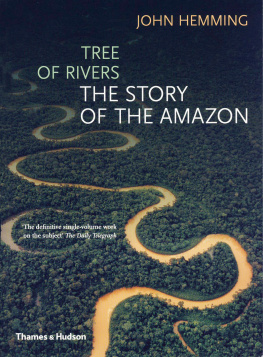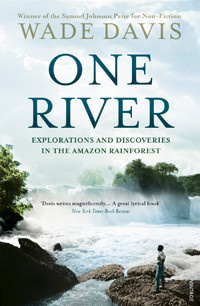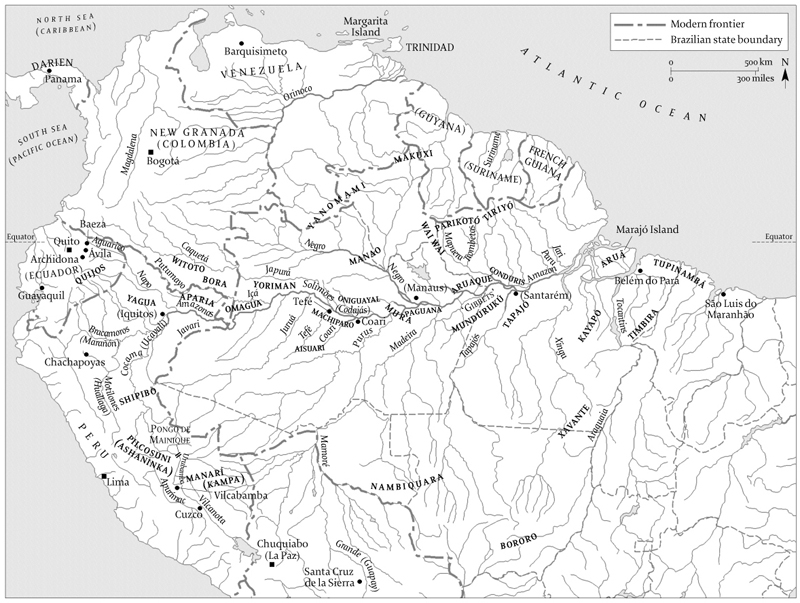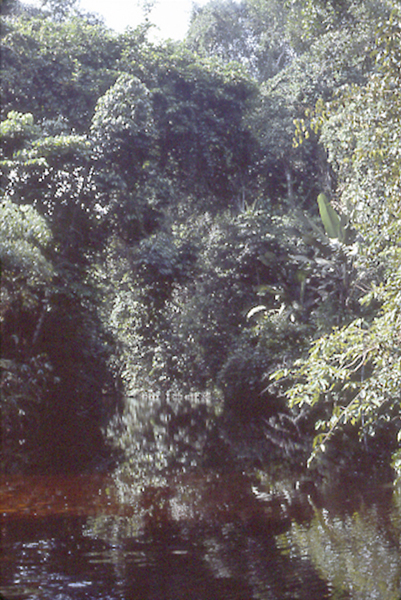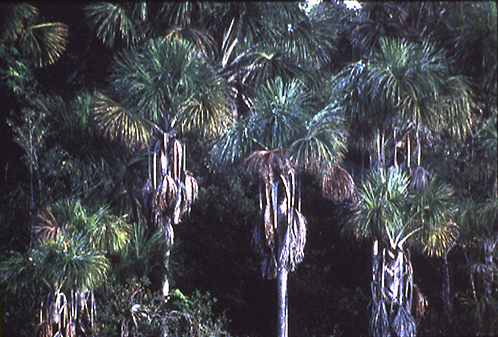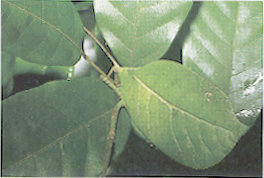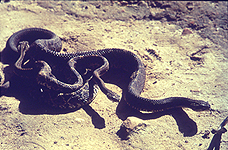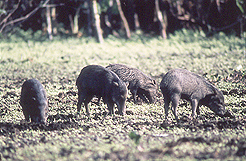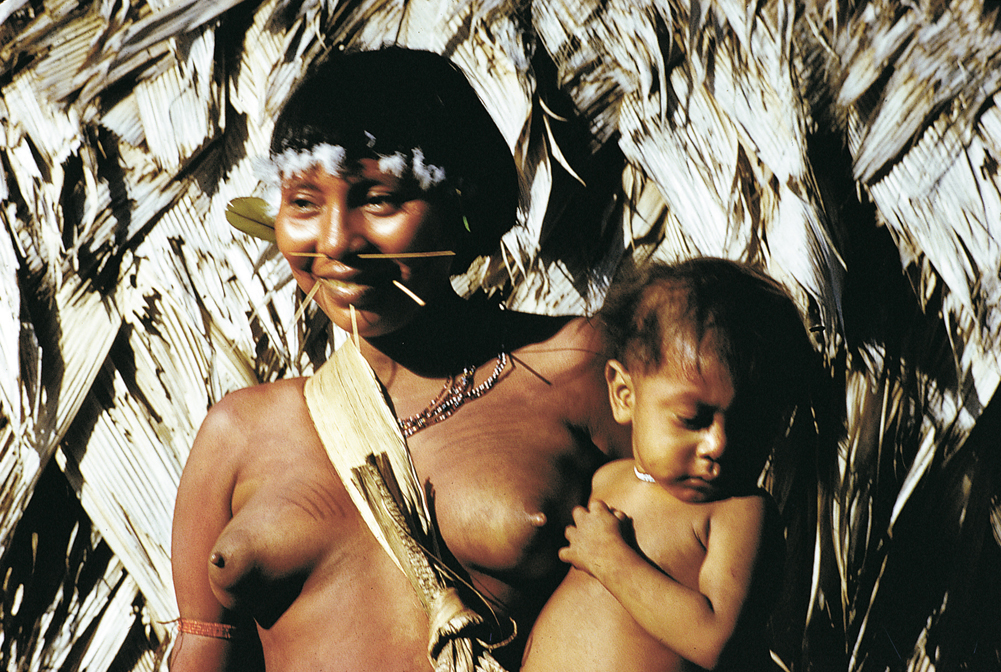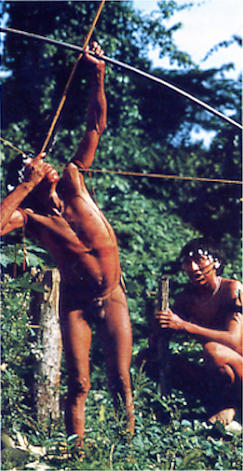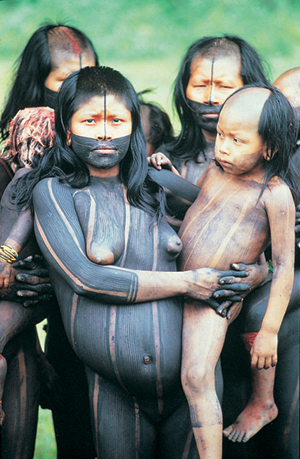John Hemming - Tree of Rivers: The Story of the Amazon
Here you can read online John Hemming - Tree of Rivers: The Story of the Amazon full text of the book (entire story) in english for free. Download pdf and epub, get meaning, cover and reviews about this ebook. year: 2009, publisher: Thames & Hudson, genre: History. Description of the work, (preface) as well as reviews are available. Best literature library LitArk.com created for fans of good reading and offers a wide selection of genres:
Romance novel
Science fiction
Adventure
Detective
Science
History
Home and family
Prose
Art
Politics
Computer
Non-fiction
Religion
Business
Children
Humor
Choose a favorite category and find really read worthwhile books. Enjoy immersion in the world of imagination, feel the emotions of the characters or learn something new for yourself, make an fascinating discovery.
- Book:Tree of Rivers: The Story of the Amazon
- Author:
- Publisher:Thames & Hudson
- Genre:
- Year:2009
- Rating:5 / 5
- Favourites:Add to favourites
- Your mark:
Tree of Rivers: The Story of the Amazon: summary, description and annotation
We offer to read an annotation, description, summary or preface (depends on what the author of the book "Tree of Rivers: The Story of the Amazon" wrote himself). If you haven't found the necessary information about the book — write in the comments, we will try to find it.
In his long career of exploration and scholarship, Hemming has become a powerful advocate for the Amazon.The New York Times, John Hemming
Amazonia is one of the most magnificent habitats on earth. Containing the worlds largest river, with more water and a broader basin than any other, it hosts a great expanse of tropical rain forest, home to the planets most luxuriant biological diversity.The human beings who settled in the region 10,000 years ago learned to live well with its bounty of fish, game, and vegetation. It was not until 1500 that Europeans first saw the Amazon, and, unsurprisingly, the rain forests unique environment has attracted larger-than-life personalities through the centuries. John Hemming recalls the adventures and misadventures of intrepid explorers, fervent Jesuit ecclesiastics, and greedy rubber barons who enslaved thousands of Indians in the relentless quest for profit. He also tells of nineteenth-century botanists, fearless advocates for Indian rights, and the archaeologists and anthropologists who have uncovered the secrets of the Amazons earliest settlers.
Hemming discusses the current threat to Amazonia as forests are destroyed to feed the worlds appetite for timber, beef, and soybeans, and he vividly describes the passionate struggles taking place in order to utilize, protect, and understand the Amazon. 20 color, 50 b&w illustrations
John Hemming: author's other books
Who wrote Tree of Rivers: The Story of the Amazon? Find out the surname, the name of the author of the book and a list of all author's works by series.

